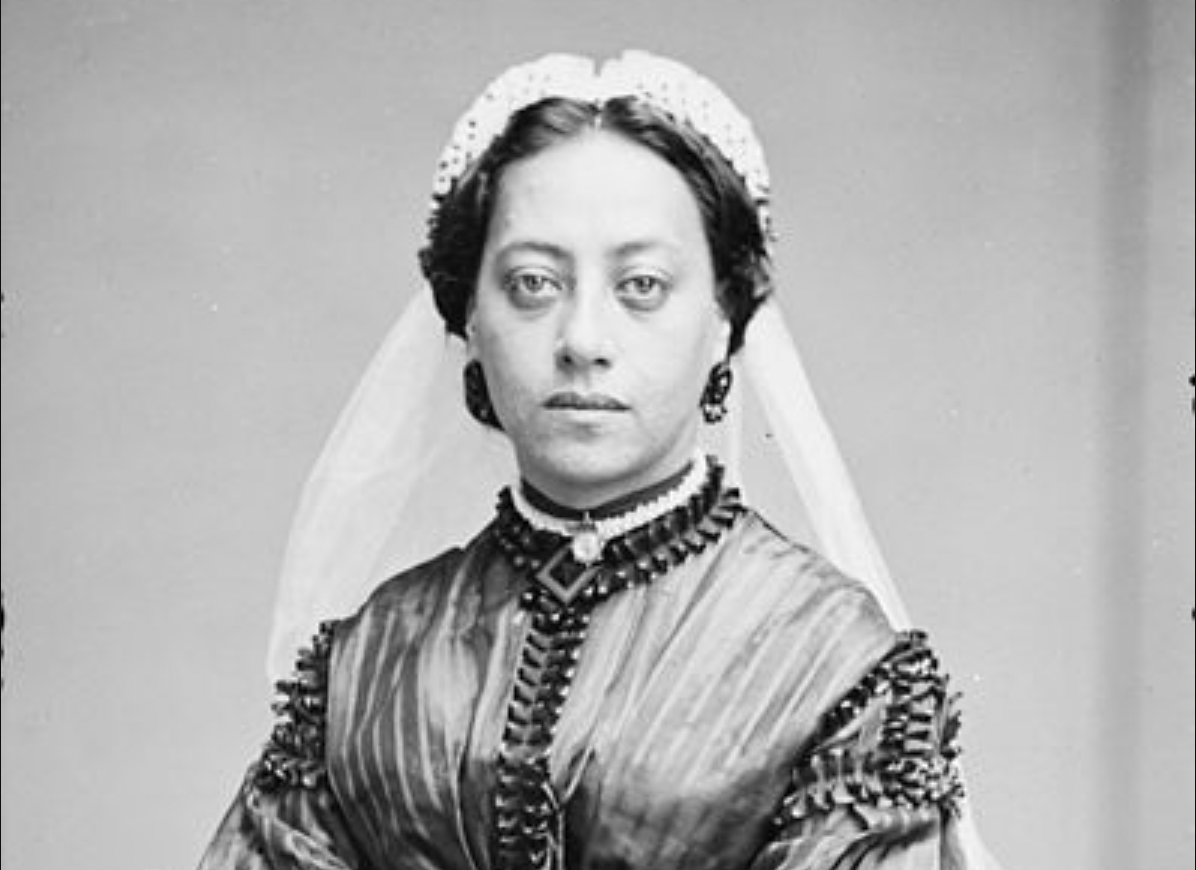Black Folklore In Video: Voodoo Queen Of San Francisco
Black Folklore In Video Season 2 Ep 3: Voodoo Queen Of San Francisco
On the corner of Octavia and Bush in San Fransisco sits a small park filled with big lore. Being the city’s smallest park, Mary Ellen Pleasant Memorial Park may seem insignificant to most people unfamiliar with its history. The park was named after one the most powerful Black women to ever live in America. Now, Mary Ellen Pleasant’s spirit haunts the park that was built on her once bustling estate. In this episode of Black Folklore, we dive into the story of the ghost of Mary Ellen Pleasant, the voodoo queen of San Fransisco.
San Fransisco, like many other American cities, is filled with tourists clamoring to indulge themselves in the ghost stories that help make the city unique. At Mary Ellen Pleasant Memorial Park, Mary Ellen’s ghost is said to summon chills, frighten dogs, and sometimes even catapult nuts from her trees at tourists and onlookers wanting a show. But the woman who was once described by San Francisco newspapers as a Voodoo sorcerer who was once seen eating a man’s brains was actually one of the richest, most powerful people in the city. Before 1900, Pleasant had amassed a fortune of $30 million (around $650 million now). But how did such a powerful woman, die in poverty? This is America and tragedy is something this country has a history in.

Source: Mary Ellen Pleasant / NAPA History
Although Pleasant’s origins are hard to pinpoint, the New Fillmore suggests she was more than likely born a slave around 1814 in Georgia. She was later purchased and freed, only to work as an indentured servant in Rhode Island and Nantucket, Massachusetts. There she married an abolitionist who made a good living working as a carpenter. Although her situation was better than most Blacks at the time, Pleasant was determined to help her people. She spent the next few years helping enslaved Blacks escape the South on the Underground Railroad.
In 1852, Pleasant decided to head west, fleeing prosecution under the Fugitive Slave Act.
The Fugitive Slave Act, enacted in 1793, was a pair of federal laws that allowed for the capture and return of runaway enslaved people within the territory of the United States. The new Gold Rush enticed her, and she decided to move to San Francisco with plans of expanding the Underground Railroad out west.
Click here to read the full article.
SEE ALSO:
Black Folklore In Video Season 2 Ep 2: The Black Town Under Lake Martin
The Haunting Of Lake Lanier And The Black City Buried Underneath















